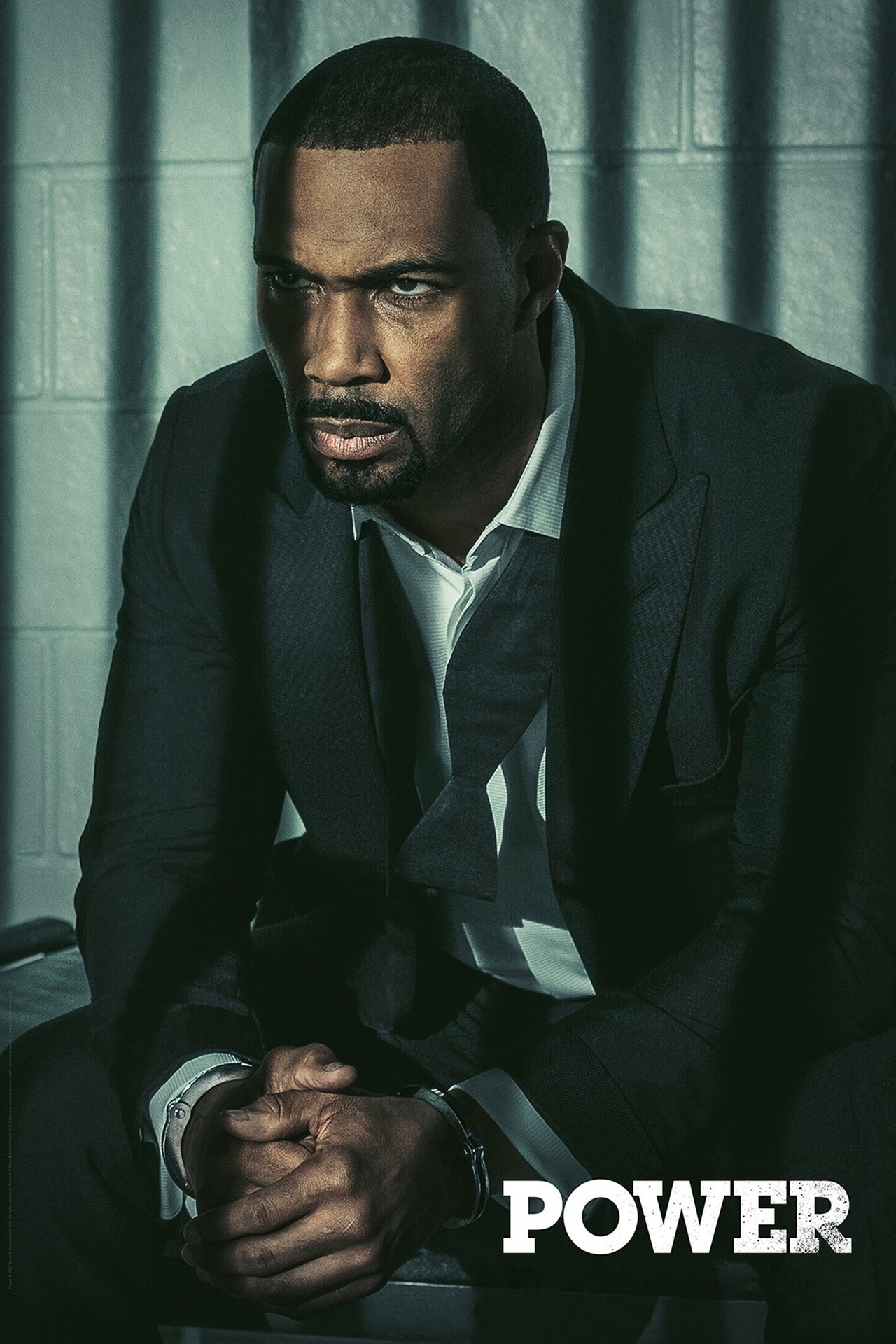Ambrose Bierce’s “An Occurrence at Owl Creek Bridge” stands as a monumental example of narrative manipulation, particularly in its masterful deployment of point of view. The story, deceptively simple on the surface, delves into the psychology of a condemned man in his final moments, presenting a study of perception versus reality that continues to resonate with readers and writers alike. It’s a veritable masterclass in how shifting narrative perspective can profoundly alter the reader’s understanding and emotional engagement.
The narrative unfolds in three distinct parts, each employing a different narrative strategy to achieve maximum impact. Part one establishes the somber setting: a man, Peyton Farquhar, stands on a railroad bridge in Alabama, prepared to be hanged by Union soldiers. The tone is detached, almost journalistic, offering a third-person objective view of the scene. We observe the precise details of the execution preparations, the stoicism of the soldiers, and the grim inevitability of Farquhar’s fate. This objective distance serves to heighten the starkness of the situation, emphasizing the finality of death and the impersonal nature of war. This initial objectivity serves as a foil for the subjective experience that follows.
Part two abruptly shifts in time and perspective, providing background on Farquhar and the circumstances leading to his capture. We learn that he is a Southern planter, a man of means and status, but one who was prevented from actively serving the Confederate cause. Frustrated by his inability to participate directly in the war effort, he eagerly accepts an opportunity presented by a passing soldier—a seemingly innocuous suggestion to sabotage the railroad bridge. This section, still told in the third person, grants us access to Farquhar’s thoughts and motivations, painting a portrait of a man driven by misguided patriotism and a yearning for heroic action. This flashback sequence serves a dual purpose: it humanizes Farquhar, making him more relatable despite his questionable judgment, and it sets the stage for the radical shift in perspective that awaits.
The transformative core of “An Occurrence at Owl Creek Bridge” resides in its third part. As Farquhar is dropped from the bridge, the narrative plunges headfirst into his subjective experience. What follows is a phantasmagorical sequence of events: the rope snaps, he falls into the water, frees his hands, and escapes the gunfire of the Union soldiers. He embarks on a perilous journey homeward, navigating the treacherous currents of the river and the dense forests of the surrounding countryside. This section is rendered in vivid detail, replete with sensory overload—the rushing water, the stinging sunlight, the sharp scent of pine needles. The reader is completely immersed in Farquhar’s perception, experiencing his desperate struggle for survival as if it were unfolding in real-time. The detail is not just detail; it is verisimilitude.
However, Bierce subtly sows seeds of doubt within this seemingly realistic portrayal. The heightened senses, the improbable feats of strength, the almost supernatural ability to evade capture—all hint at the unreliability of Farquhar’s perception. Time becomes distorted, stretching and compressing in unpredictable ways. The journey home, which should take days, seems to unfold in a matter of hours. The narrative’s internal logic begins to fray, suggesting that something is amiss. These inconsistencies are not merely stylistic choices; they are clues, carefully planted to prepare the reader for the devastating revelation that awaits.
The culmination of the story arrives with shocking abruptness. Just as Farquhar reaches his home, embraces his wife, and extends his arms to greet her, he feels a sharp blow to the back of his neck. The scene dissolves, and we are returned to the bridge, where Farquhar’s lifeless body hangs from the rope. The entire escape, the perilous journey home, the joyous reunion—all were merely a figment of his imagination, a desperate fantasy conjured in the final moments before death. The shift in perspective is not just a change in viewpoint; it is a revelation that shatters the reader’s understanding of the entire narrative. We are forced to confront the fact that what we believed to be reality was nothing more than a fleeting delusion.
The effectiveness of “An Occurrence at Owl Creek Bridge” lies in its masterful manipulation of reader expectations. By initially presenting a seemingly objective account of Farquhar’s execution, Bierce lulls the reader into a false sense of security. We believe that we are witnessing a straightforward narrative of cause and effect. However, as the story progresses, Bierce gradually undermines this certainty, introducing elements of subjectivity and ambiguity that ultimately lead to the shocking denouement. This strategic obfuscation is not intended to deceive, but to illuminate the profound disconnect between perception and reality.
Bierce’s story provides invaluable lessons for aspiring writers. It demonstrates the power of point of view to shape the reader’s understanding of events and to evoke a wide range of emotions. It illustrates how shifting narrative perspective can create suspense, heighten tension, and ultimately deliver a more profound and memorable reading experience. Most importantly, it teaches us that reality is not always what it seems and that the human mind is capable of constructing elaborate illusions in the face of adversity. This inherent instability of perception is a fertile ground for storytelling.
“An Occurrence at Owl Creek Bridge” is not merely a story about death; it is a story about the power of the human imagination to transcend the limitations of reality. It is a testament to the enduring power of perspective and the importance of questioning our own perceptions. It leaves us pondering the nature of consciousness and the ultimate unknowability of the human experience. It serves as a potent reminder that the most compelling stories are often those that challenge our assumptions and force us to reconsider what we believe to be true.
